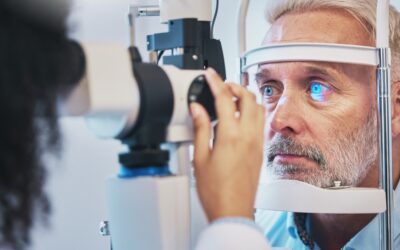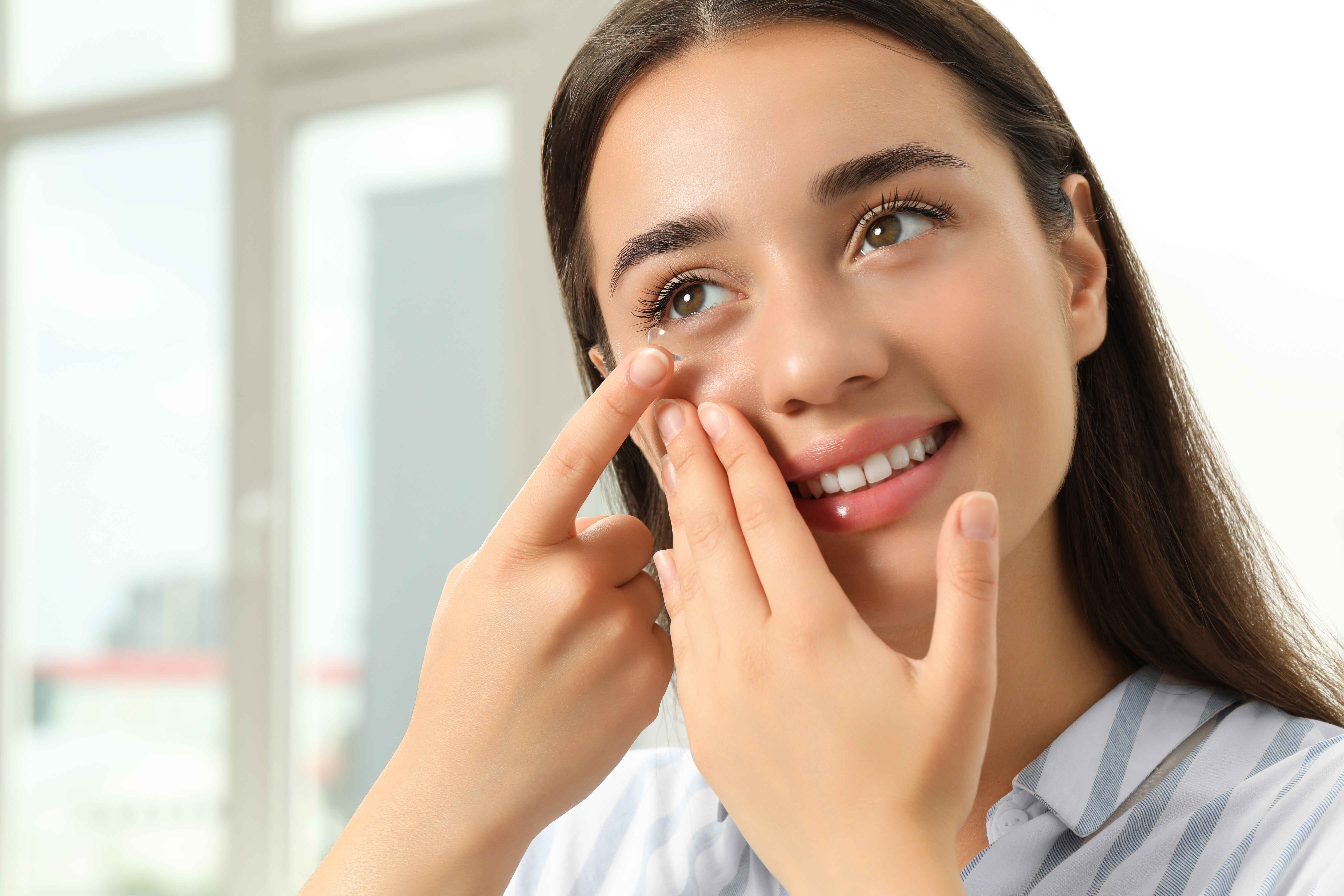Table of Contents
Every year or so, you usher your students to the nurse’s office to get their school vision screenings. They stand in front of the eye chart, cover one eye and read the letters written there. For many of your students, this is the only vision screening they get until a problem arises. You may wonder whether they should be getting more regular, thorough vision care.
Yes, they should. As a teacher, you want to give your students the best education possible, but they can only do that with proper vision. Fortunately, you can suggest an alternative plan to your students’ parents so they can receive the vision care they need.
School vision screenings breakdown
Many schools offer vision screenings to students that take place every year or two. These screenings use a simple tool called the Snellen chart. This chart only tests the sharpness of distance vision. Plus, they’re usually performed by a school nurse. If the child passes this test, it’s assumed that they can see well and no further intervention is done.
The importance of vision in learning
According to the American Optometric Association, distance vision is only one kind of vision children need to be able to succeed in school. They need other vision skills like intermediate and close vision, eye tracking, and focus. Students also need good hand-eye coordination and eye teaming. These skills help students read books, work on computers and see the chalkboard (or whiteboard). They’re also necessary for playing sports and writing.
Unfortunately, school vision screenings don’t test these abilities. They also don’t test other eye problems, such as lazy or crossed eyes. Treatment for these issues is more effective if the problems are caught and treated early, so this basic screening isn’t comprehensive enough.
The importance of a comprehensive eye exam
While vision screenings are great for capturing problems with distance learning, thorough eye exams can identify problems with distance learning as well as all of the other problems described above. Comprehensive eye exams include a discussion of medical history, a physical examination of the eye and various vision tests (distance, near, intermediate and color).
A professional checks the tracking and appearance of your child’s eyes. They also complete tests that can detect eye diseases, such as glaucoma. All of these tests require special equipment and training. Schools don’t have this equipment, and school personnel aren’t trained to perform these tests.
Vision Care Direct is the solution
Fortunately, you have a resource to direct parents to that gives them a way to provide (and afford) these exams for their children. Every plan that Vision Care Direct offers includes regular comprehensive eye exams. We are owned by physicians who want to make sure that kids have healthy eyes, so we offer a wide variety of plans for all budgets. And if a student needs corrective lenses, we offer savings on glasses, frames and lenses too.
Because we don’t own labs or vision stores, parents can shop for their children’s glasses wherever they like.
Teachers want their students to succeed in school. Being able to see is an important part of that success. Children need to have regular eye exams to make sure they have good vision. With Vision Care Direct, both parents and teachers can rest assured that their students’ eyes are in good hands, whether treatment is required or not. Contact us today to learn more.






















































